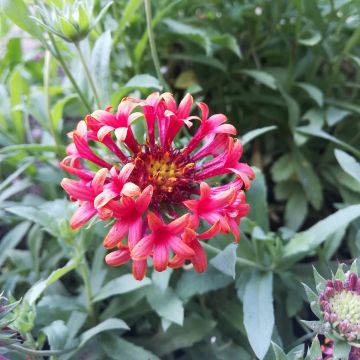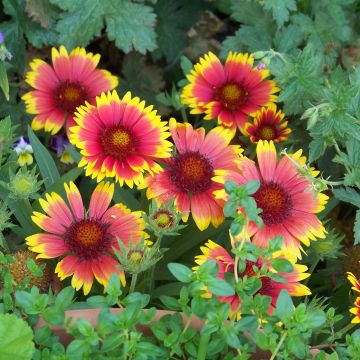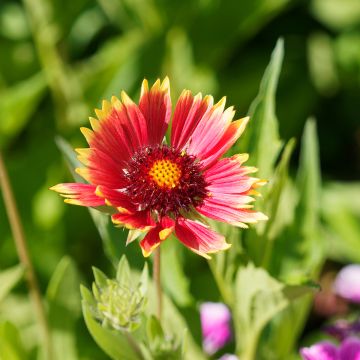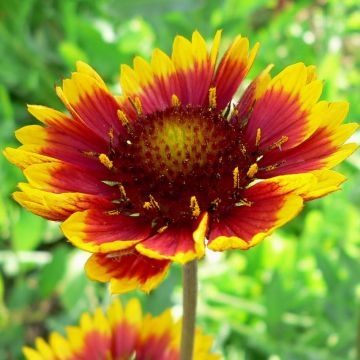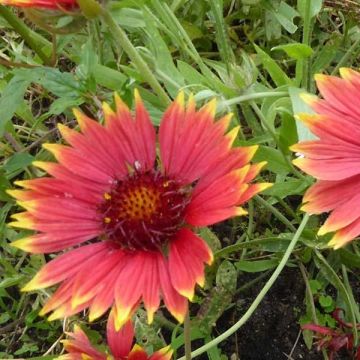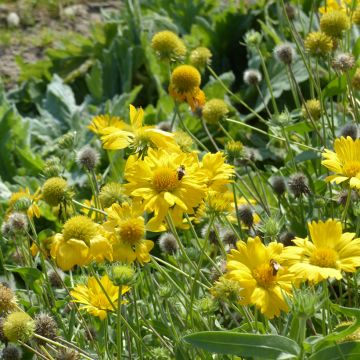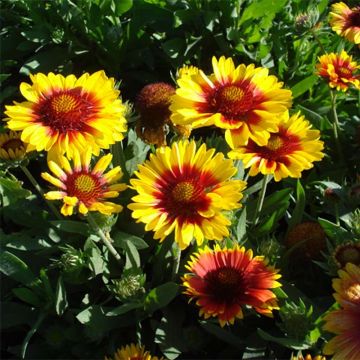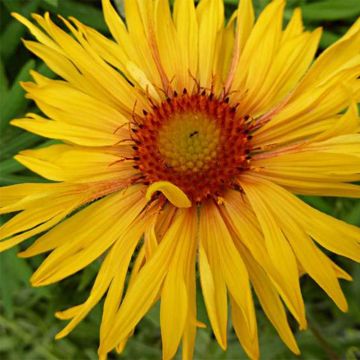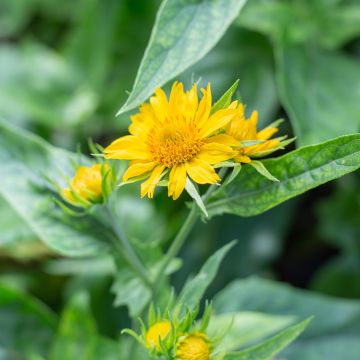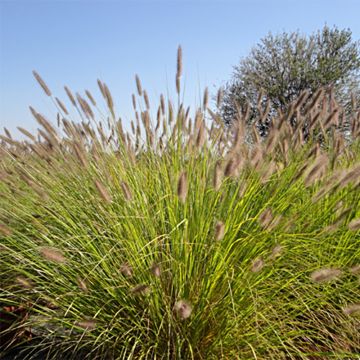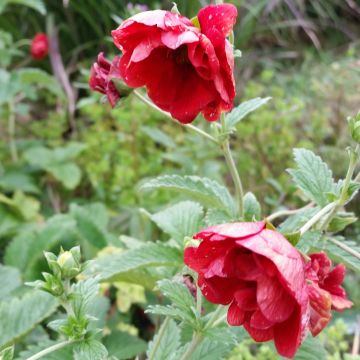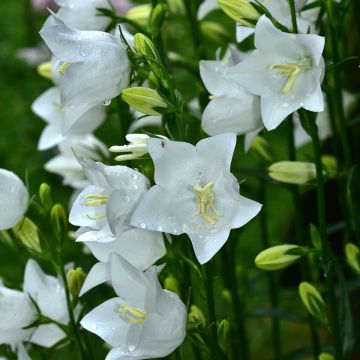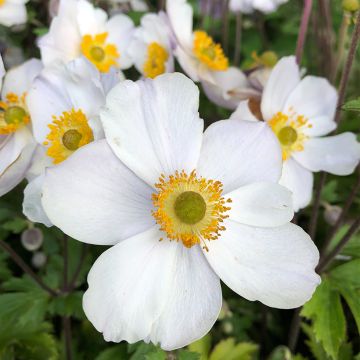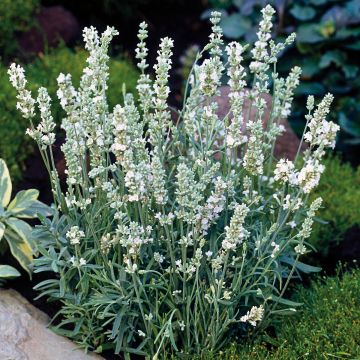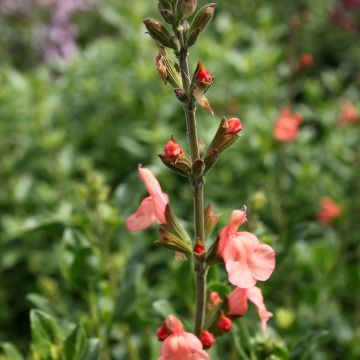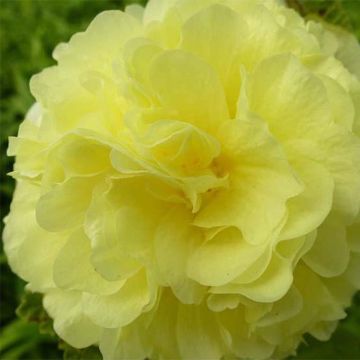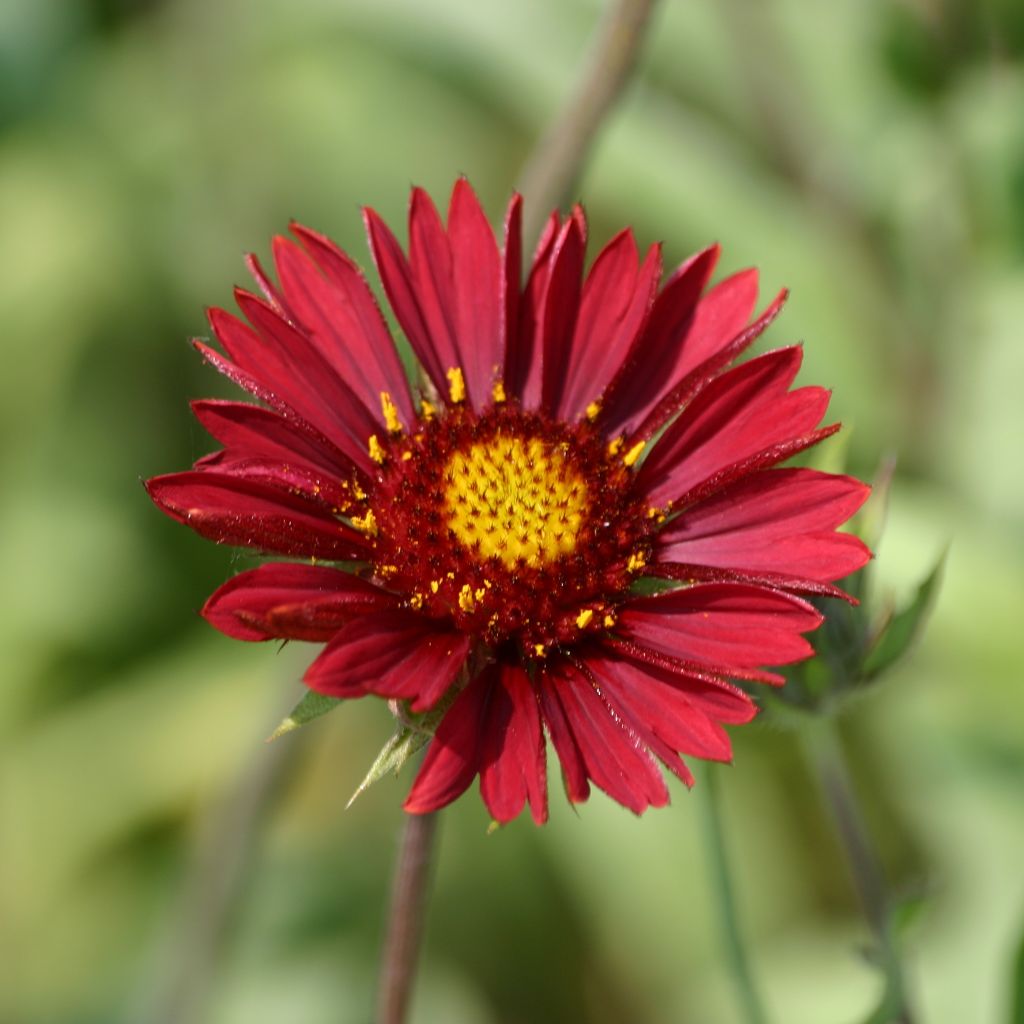

Gaillardia grandiflora Burgunder
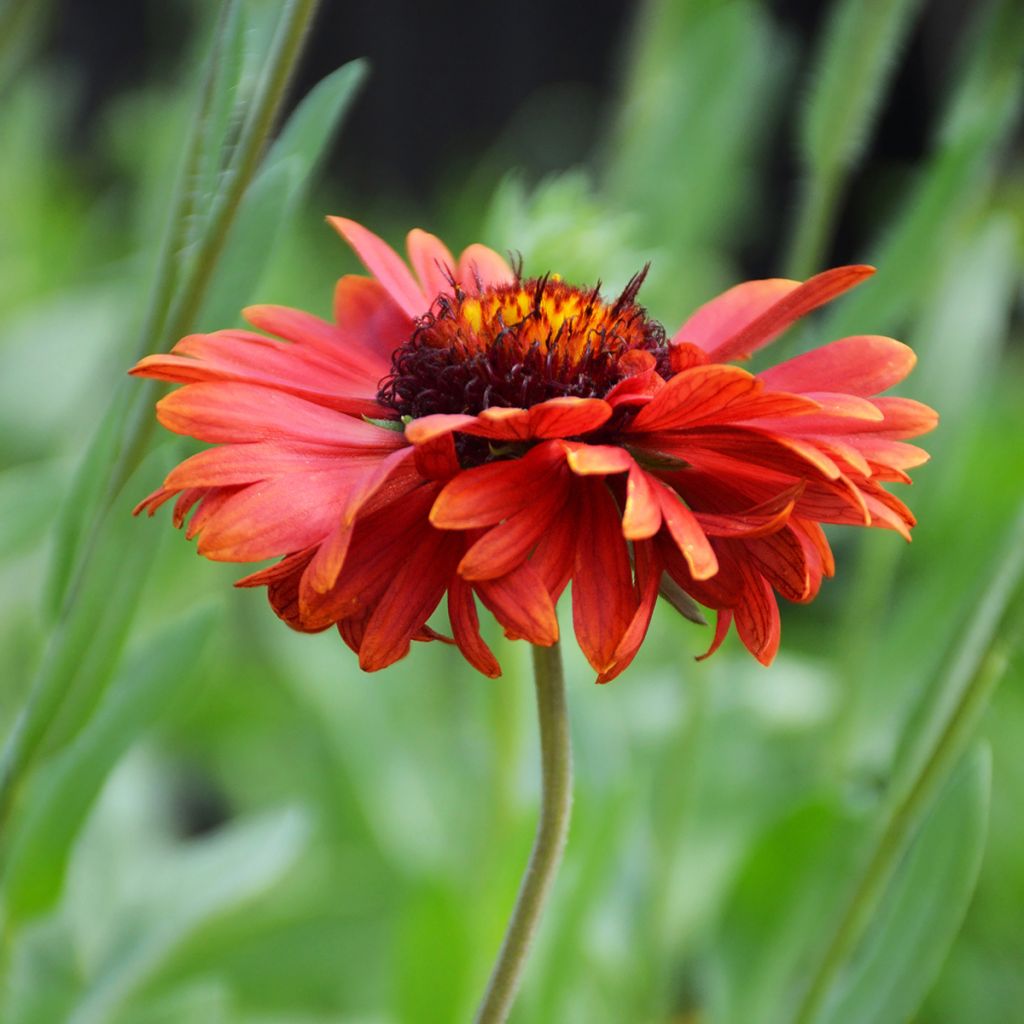

Gaillardia grandiflora Burgunder
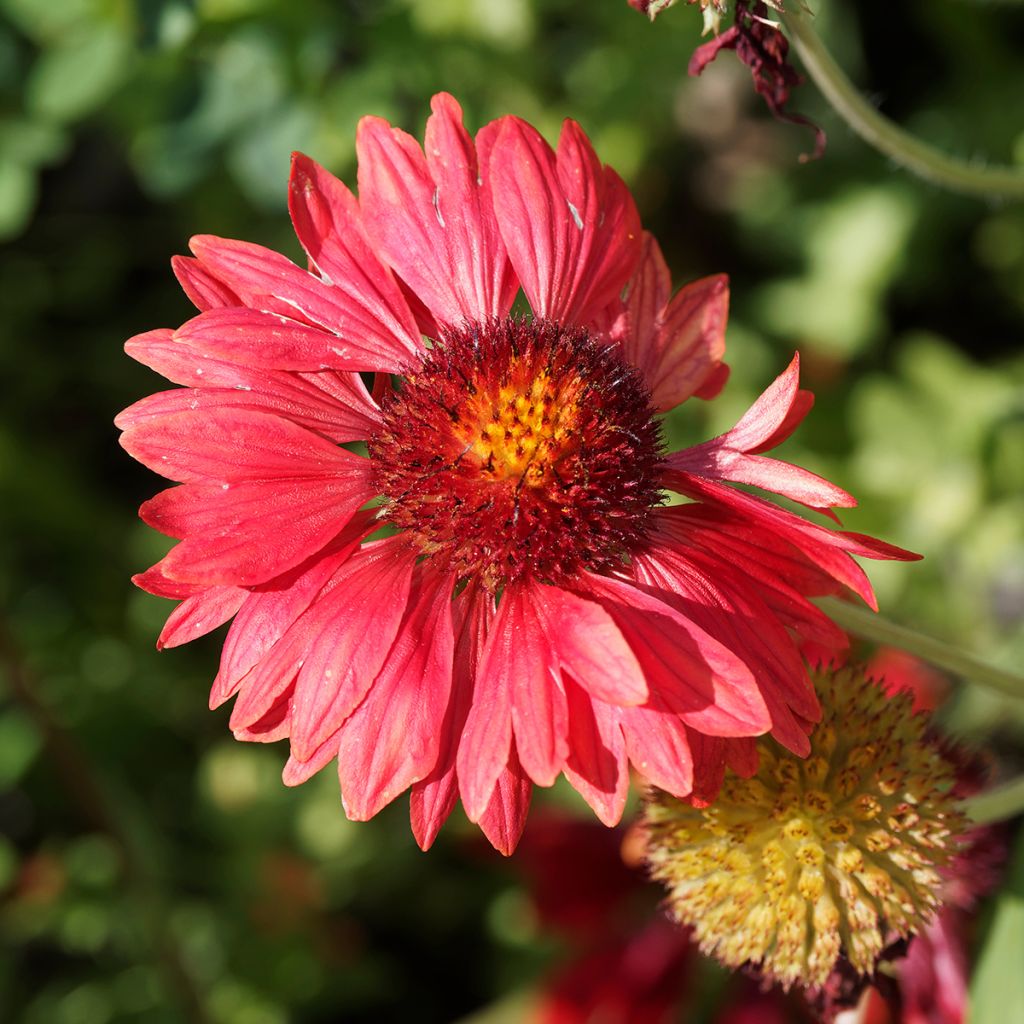

Gaillardia grandiflora Burgunder
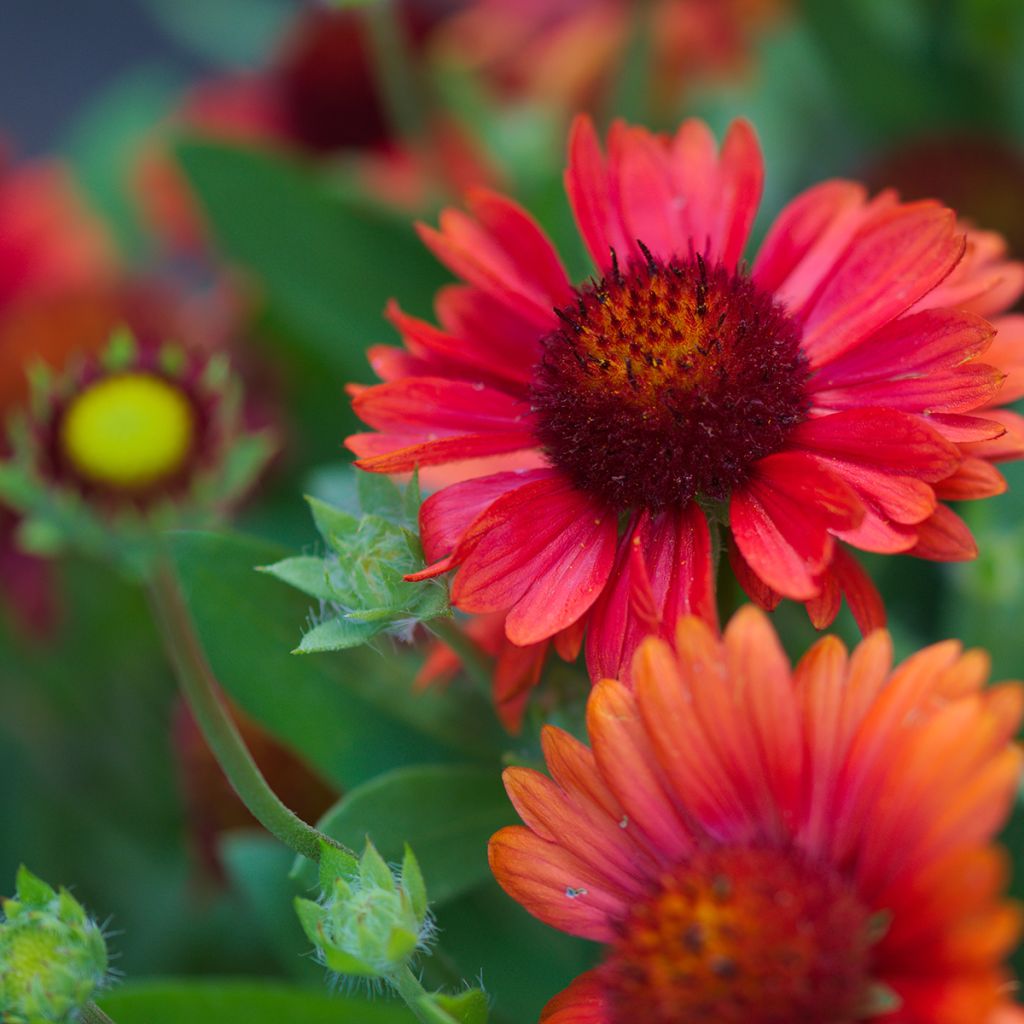

Gaillardia grandiflora Burgunder
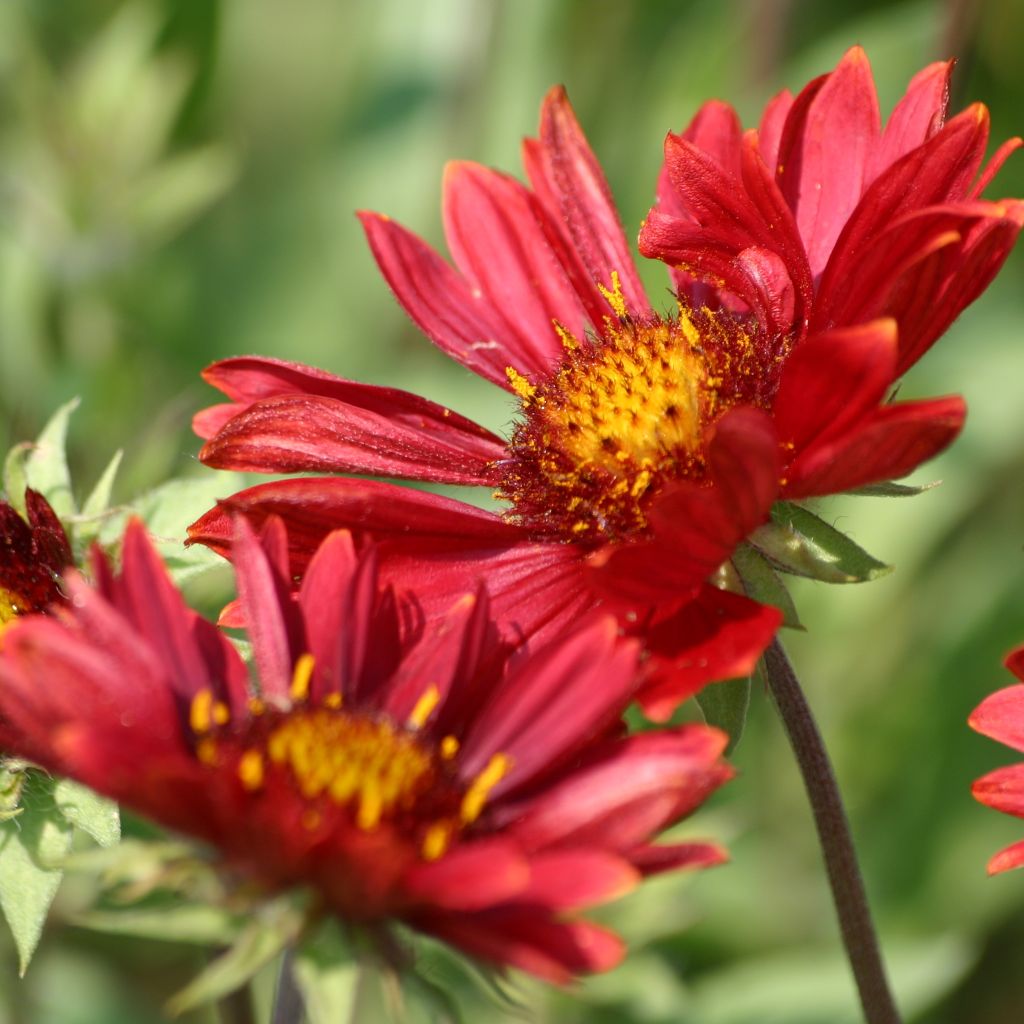

Gaillardia grandiflora Burgunder
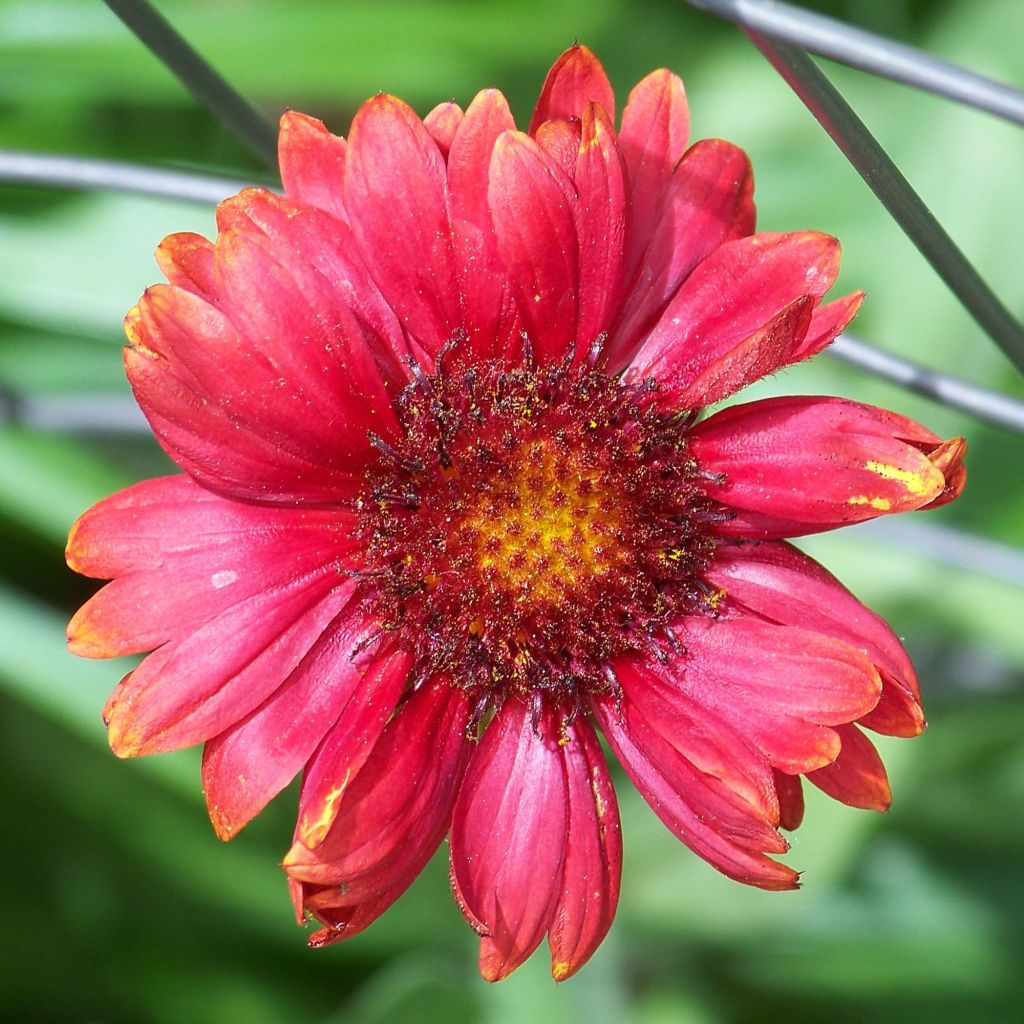

Gaillardia grandiflora Burgunder
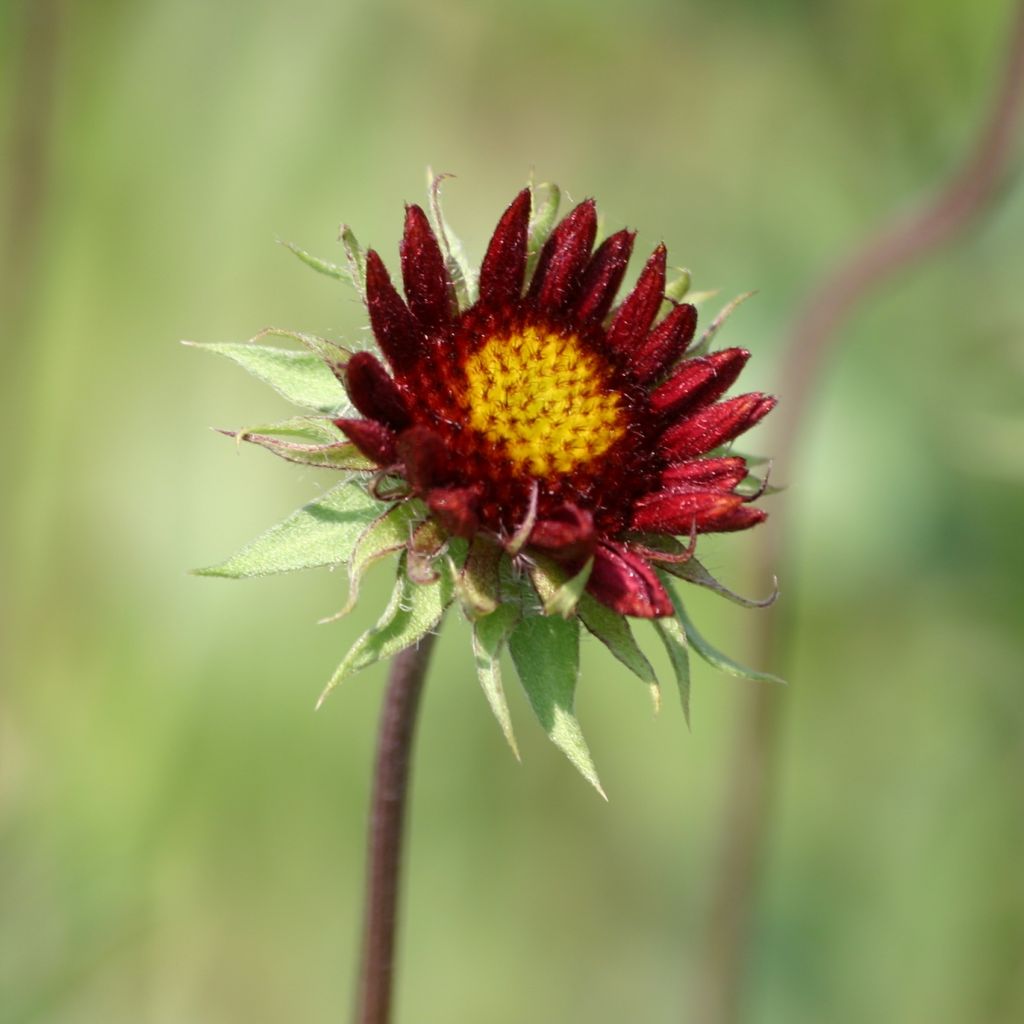

Gaillardia grandiflora Burgunder
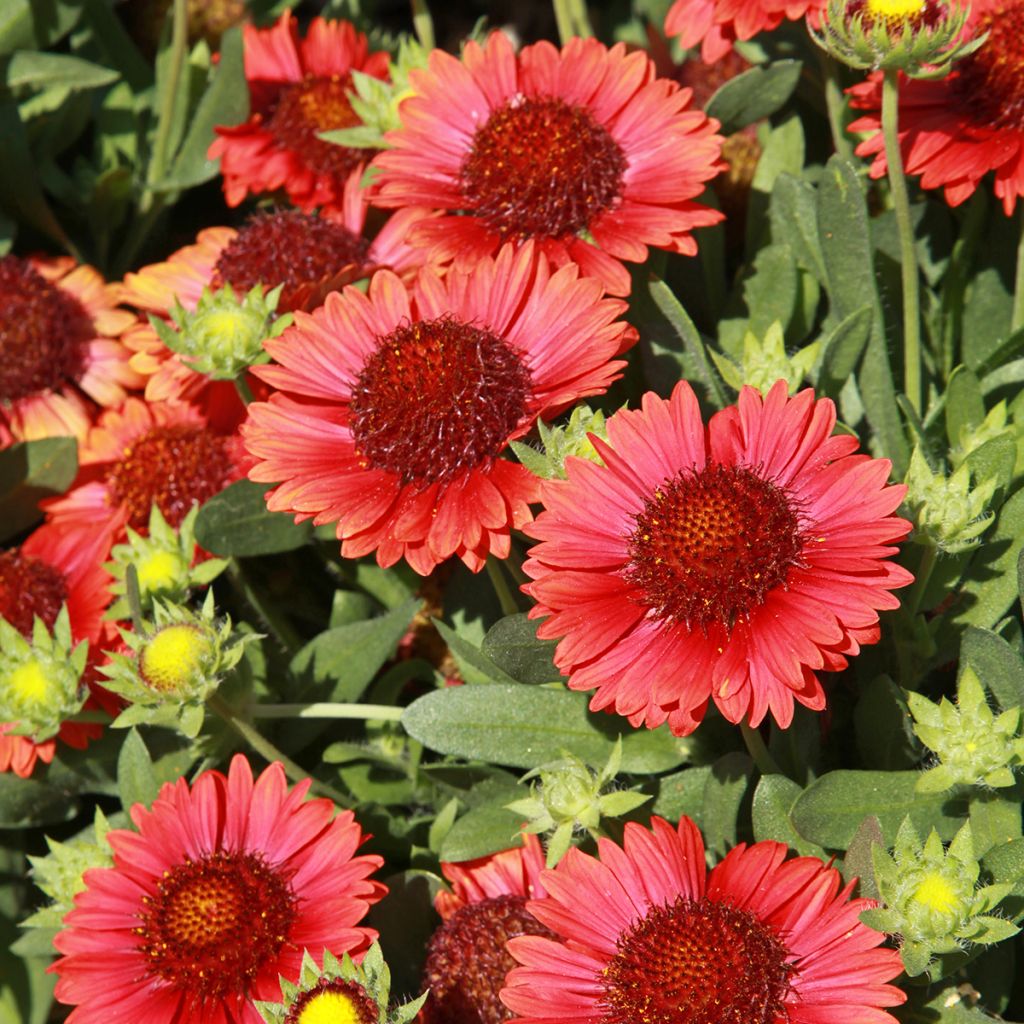

Gaillardia grandiflora Burgunder
Gaillardia grandiflora Burgunder
Gaillardia x grandiflora Burgunder
Great Blanket Flower
This item cannot be shipped to the selected country
Delivery charge from €5.90
Delivery charge from €5.90
More information
Schedule delivery date,
and select date in basket
This plant carries a 12 months recovery warranty
More information
We guarantee the quality of our plants for a full growing cycle, and will replace at our expense any plant that fails to recover under normal climatic and planting conditions.
From €5.90 for pickup delivery and €6.90 for home delivery
Express home delivery from €8.90.
From €5.90 for pickup delivery and €6.90 for home delivery
Express home delivery from €8.90.
Does this plant fit my garden?
Set up your Plantfit profile →
Description
The Gaillardia x grandiflora 'Burgunder' or blanket flower offers endless flowering from June to October, drawing resources even from the poorest soils to provide the never-ending spectacle of its intensely deep red flowers around a yellow and red centre, resembling large daisies. It forms beautiful clumps of stems and fuzzy grey-green foliage, reaching 60 cm (24in) in all directions. This short-lived perennial has a strong constitution, tolerating cold, heat, and drought, but it fears humidity, its only weakness. It belongs to those almost foolproof perennials that find their place in all gardens, regardless of their style!
Gaillardia x grandiflora has been created by combining two plants called Gaillardia aristata and Gaillardia pulchella. This hybrid plant has inherited some of the positive traits of its parents, like hardiness, longevity, and floribundity. 'Burgunder' is one of the popular varieties of this plant, which can grow up to 60cm in all directions and produce large red flowers with a yellow centre. The plant's foliage is mainly basal and has narrow and slightly lobed or deeply cut, greenish-grey, and fuzzy leaves.
Although gaillardias are a bit outdated, they are still known for their abundant florals and can be a great addition to gardens in milder climates, especially in mediocre soils. However, they are not tolerant of high humidity, even in well-drained soil, requiring a specific environment. They can be paired with other undemanding and floriferous plants like lavenders, perennial geraniums of blood-red or ash-grey colour, artemisias, and grasses.
Report an error about the product description
Gaillardia grandiflora Burgunder in pictures
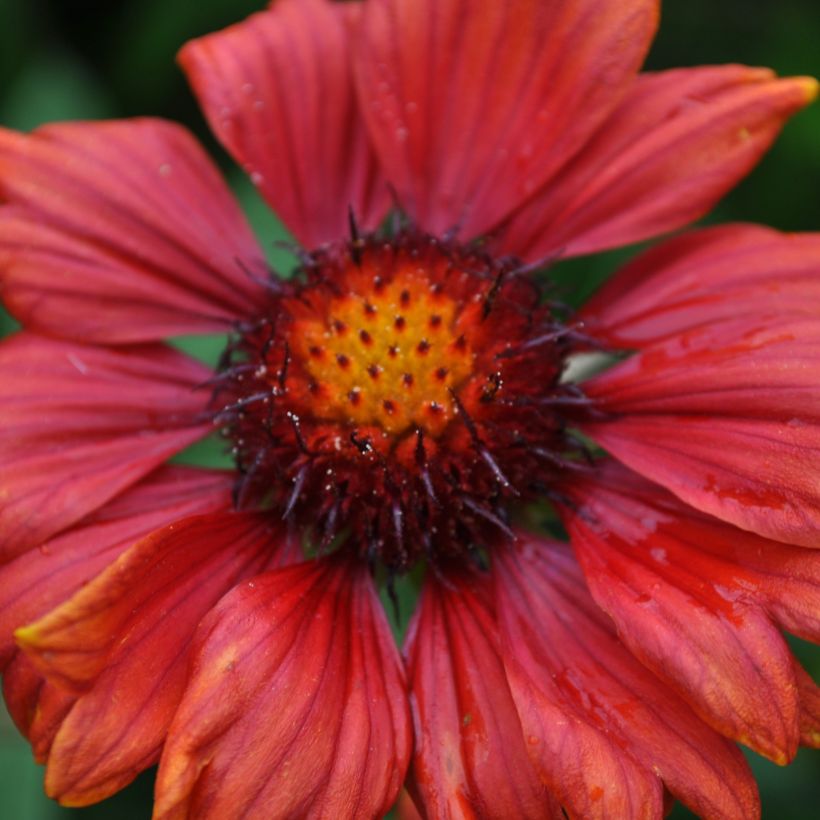

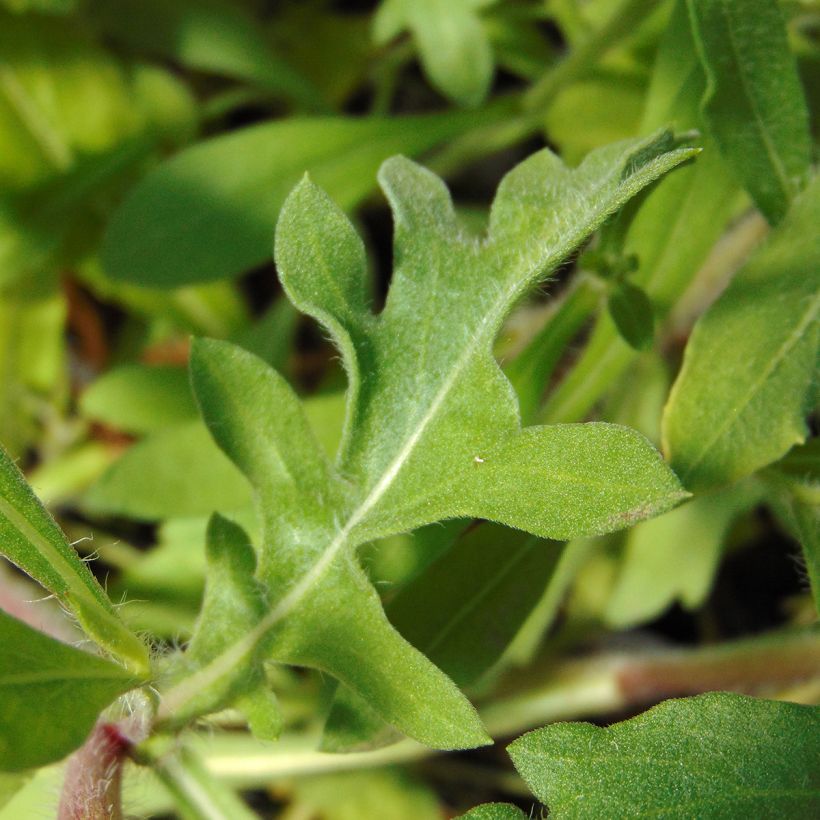

Flowering
Foliage
Plant habit
Botanical data
Gaillardia
x grandiflora
Burgunder
Asteraceae
Great Blanket Flower
Cultivar or hybrid
Other Gaillardia - Blanket Flower
Planting and care
Gaillardias are hardy plants that can survive extreme weather conditions such as heat, cold, drought and strong winds. They can also grow well in poor soil. If the plants are watered a little bit during dry spells or if there is some rain, the flowers can come back to life. It's best to plant them in soil that drains well and in an area that gets full sun. If the gaillardias are tall, they may need to be staked. If you live in a cooler climate, cutting back the stems to 10 cm (0 to 4in) in late September can help the plants survive the winter. Although cutting back the stems may cause a reduction in the number of flowers, it will make the plant stronger in the long run.
Planting period
Intended location
Care
-
, onOrder confirmed
Reply from on Promesse de fleurs
Summer flowering perennials
Haven't found what you were looking for?
Hardiness is the lowest winter temperature a plant can endure without suffering serious damage or even dying. However, hardiness is affected by location (a sheltered area, such as a patio), protection (winter cover) and soil type (hardiness is improved by well-drained soil).

Photo Sharing Terms & Conditions
In order to encourage gardeners to interact and share their experiences, Promesse de fleurs offers various media enabling content to be uploaded onto its Site - in particular via the ‘Photo sharing’ module.
The User agrees to refrain from:
- Posting any content that is illegal, prejudicial, insulting, racist, inciteful to hatred, revisionist, contrary to public decency, that infringes on privacy or on the privacy rights of third parties, in particular the publicity rights of persons and goods, intellectual property rights, or the right to privacy.
- Submitting content on behalf of a third party;
- Impersonate the identity of a third party and/or publish any personal information about a third party;
In general, the User undertakes to refrain from any unethical behaviour.
All Content (in particular text, comments, files, images, photos, videos, creative works, etc.), which may be subject to property or intellectual property rights, image or other private rights, shall remain the property of the User, subject to the limited rights granted by the terms of the licence granted by Promesse de fleurs as stated below. Users are at liberty to publish or not to publish such Content on the Site, notably via the ‘Photo Sharing’ facility, and accept that this Content shall be made public and freely accessible, notably on the Internet.
Users further acknowledge, undertake to have ,and guarantee that they hold all necessary rights and permissions to publish such material on the Site, in particular with regard to the legislation in force pertaining to any privacy, property, intellectual property, image, or contractual rights, or rights of any other nature. By publishing such Content on the Site, Users acknowledge accepting full liability as publishers of the Content within the meaning of the law, and grant Promesse de fleurs, free of charge, an inclusive, worldwide licence for the said Content for the entire duration of its publication, including all reproduction, representation, up/downloading, displaying, performing, transmission, and storage rights.
Users also grant permission for their name to be linked to the Content and accept that this link may not always be made available.
By engaging in posting material, Users consent to their Content becoming automatically accessible on the Internet, in particular on other sites and/or blogs and/or web pages of the Promesse de fleurs site, including in particular social pages and the Promesse de fleurs catalogue.
Users may secure the removal of entrusted content free of charge by issuing a simple request via our contact form.
The flowering period indicated on our website applies to countries and regions located in USDA zone 8 (France, the United Kingdom, Ireland, the Netherlands, etc.)
It will vary according to where you live:
- In zones 9 to 10 (Italy, Spain, Greece, etc.), flowering will occur about 2 to 4 weeks earlier.
- In zones 6 to 7 (Germany, Poland, Slovenia, and lower mountainous regions), flowering will be delayed by 2 to 3 weeks.
- In zone 5 (Central Europe, Scandinavia), blooming will be delayed by 3 to 5 weeks.
In temperate climates, pruning of spring-flowering shrubs (forsythia, spireas, etc.) should be done just after flowering.
Pruning of summer-flowering shrubs (Indian Lilac, Perovskia, etc.) can be done in winter or spring.
In cold regions as well as with frost-sensitive plants, avoid pruning too early when severe frosts may still occur.
The planting period indicated on our website applies to countries and regions located in USDA zone 8 (France, United Kingdom, Ireland, Netherlands).
It will vary according to where you live:
- In Mediterranean zones (Marseille, Madrid, Milan, etc.), autumn and winter are the best planting periods.
- In continental zones (Strasbourg, Munich, Vienna, etc.), delay planting by 2 to 3 weeks in spring and bring it forward by 2 to 4 weeks in autumn.
- In mountainous regions (the Alps, Pyrenees, Carpathians, etc.), it is best to plant in late spring (May-June) or late summer (August-September).
The harvesting period indicated on our website applies to countries and regions in USDA zone 8 (France, England, Ireland, the Netherlands).
In colder areas (Scandinavia, Poland, Austria...) fruit and vegetable harvests are likely to be delayed by 3-4 weeks.
In warmer areas (Italy, Spain, Greece, etc.), harvesting will probably take place earlier, depending on weather conditions.
The sowing periods indicated on our website apply to countries and regions within USDA Zone 8 (France, UK, Ireland, Netherlands).
In colder areas (Scandinavia, Poland, Austria...), delay any outdoor sowing by 3-4 weeks, or sow under glass.
In warmer climes (Italy, Spain, Greece, etc.), bring outdoor sowing forward by a few weeks.

































